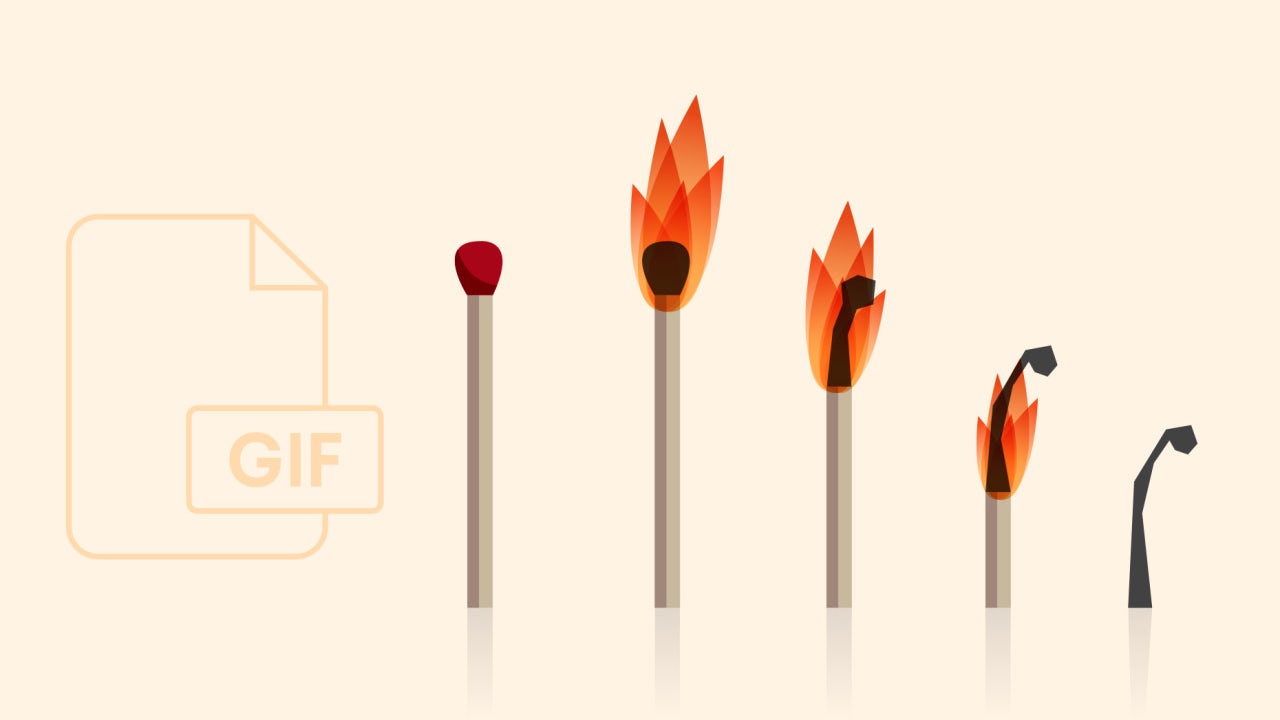
Literally , animate means to bring to life, i.e., to put something into action. Animation makes graphics more realistic by imparting motion and dimension to an inanimate object. Intuitively , though you may think of animation as synonymous with motion , technically speaking , it covers all changes that have a visual effect. Thus, it may include time varying position (motion dynamics) , shape ,size, color, texture(update dynamics) of an object, and also changes in lighting , camera position , focus, etc.
With the development of advanced computer-aided techniques, today, animation is extensively used in entertainment (games and movies), educational and training presentations, advertising, Internet and in-process simulation. Process simulation through animation is very useful in visualization of functioning and stages of operations of industrial products (such as a gear or motor) or gradual transformations in a complex process (such as changing atomic structures in a chemical reaction or distortion of structures under dynamic forces).
For instance , by specifying a storyboard , object definitions and the image frames , a computer animation sequence can be set up . The storyboard is an outline of action . It could consist of rough sketches of motion sequence , or it could be a list of basic events that are to take place . Object definitions are given for each participating object in terms of their shape and movement . The still image frames are either drawn manually or computer-generated to stimulate motion-sequence of animating objects . The illusion of movement is created by playing 15-20 number of such still images with small changes made to each one per second .



0 Comments